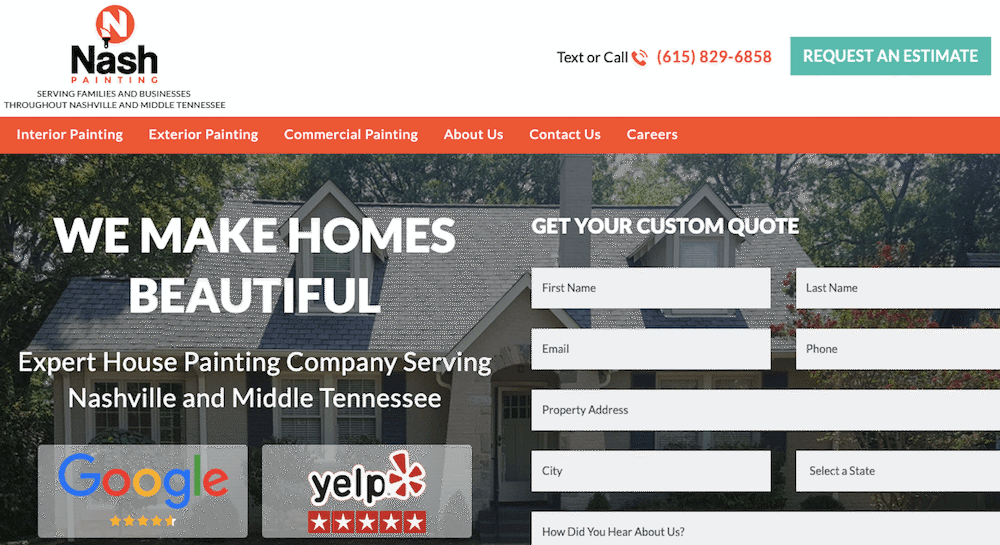When it comes to indexing and ranking your website, Googlebot crawlers are working overtime to figure out what products and services you offer, and if your content backs that up in a trustworthy way. As they crawl your site, search bots are trying to decide if you are a dentist, an oil change shop, or a cybersecurity consulting firm.
Letting search engines know what you do right up front is an SEO best practice because ranking and relevance to search engine queries go hand in hand. Here are some suggestions for how to tighten up this crucial part of your content marketing strategy.
Clear is Better Than Clever
When planning content and web page structure, let users and search engines know the obvious “big idea” of what you do first. Many companies fall into the trap of saying how they are different but forgetting to say what they do for their clients and customers! You can and should do both on your home page and landing pages throughout your site.
For example: “We provide strategic solutions to protect your patients” may sound high-tech. But what does it mean? “As Nashville’s premier healthcare IT company, we provide strategic solutions to protect your patients,” tells you the answer, without watering down the impact.
Remember, you can always deep dive with supporting content (product and service pages, subservice pages, and so on). But even those should lead with their own “big idea”. Avoid confusion. Start with a bird’s-eye view, then zoom in.
Leverage Your Value Proposition
We recommend using a “big idea” value proposition in your hero area: putting it above the fold on your homepage helps customers and site visitors get oriented immediately, so they’re certain you have what they’re looking for.

Nash Painting, a Nashville, TN, residential painting company, does this well. This is the first thing you see on their homepage. “We make homes beautiful” is there in bold, and “Expert House Painting Company Serving Nashville and Middle Tennessee” is right underneath it.
Making homes beautiful is what they do, and they do it by painting houses throughout Nashville and Middle Tennessee. It’s clear, but creative, and it ranks well on Search Engine Results Pages (SERPs).
Your primary website pages are not the place to use a lot of jargon and technical terminology. Support your value proposition with the most common way your customers say what you do. To borrow from our painting company example, lead with “house painting”, and use “residential painting” in supporting copy as needed.
Use Reviews and Credentials to Back Up Your Value Proposition
Using credentials and testimonials is an effective way to support the value proposition behind your “big idea” web page content Some ways you can do this might be:
Placing your Google Star ratings, a portion of a review, and/or a link to review pages in your hero area, next to your contact form.
Adding a review block so your most compelling reviews can show up throughout your website.
Choosing reviews with product and services keywords, so you’re improving SEO while boosting your credibility with potential customers.
Include a block with logos that make your credentials clearer (i.e., logos for the professional associations or certifications you have). You can explain them with a short block of text that includes relevant keywords.
Follow the Same Pattern Across Your Site
This approach doesn’t have to stop at home pages or landing pages. Even though subservices and related content are a bit more technical and less general, they can still follow a similar structure to keep people engaged and informed.
For example, if creating a subservice page:
Start with the big idea: what is it, what is its purpose.
Explain how it is related to your other, more primary services and products.
Paint a picture of how it fits together. Why would someone’s life be easier with the subservice vs. without? What makes it worth investing in?
No matter what page they’re looking at, giving site visitors an idea of what to expect, how a process or product works, and why it’s valuable, can only help them feel more prepared to make a purchase decision. And taking the same steps shows search engines that your website is consistently structured, reliable, and relevant to users’ search queries.









